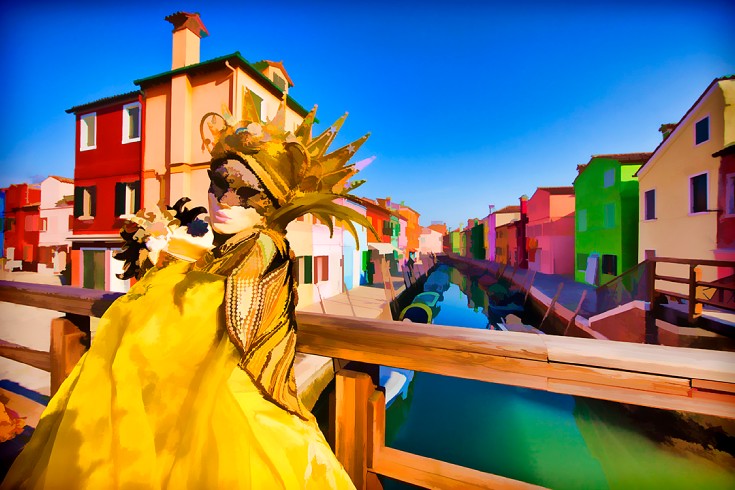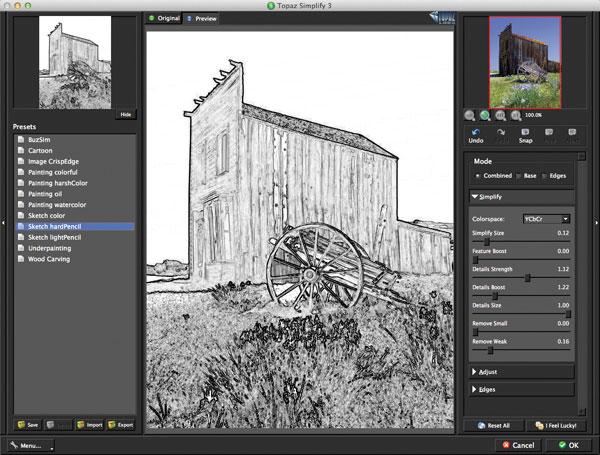
The time varies but I usually can reckon on between 2 and 6 minutes depending on the image and the choice of method, more often than not the lower end. A word on speed - I find Sharpen AI manageable (and well worth the wait) on my machine, a 3.2GHz Quad core Xeon (no hyperthreading) with 32GB RAM and an nVidia 1050ti 4GB GPU working on 16 bit 24 megapixel images. I still use InFocus very occasionally, and Clarity. I also have gigapixel and denoise AI, which are clever but I find Sharpen does a far better job even of the denoising! Gigapixel's results are either spookily good or hilarious, depending on the source image. It seems so far to be much less effective on scanned print images, but I haven't investigated further - it may be that I'm scanning them at too high a resolution, or that grain patterns are confusing it. AI Sharpen, on Stabilize, did a better job in literally 2 clicks and under 4 minutes (and I am no beginner with photoshop). It was such a striking image that I spent literally two days back in 2014 post-processing it. I have an image from 5 years ago of a gull snatching a moorhen chick, which is motion blurred, in multiple directions because of splashing water, and suffering from a complex camera shake, and not in great focus, and noisy due to high ISO. But when Sharpen AI works (which is does most often for me) it is nothing short of astonishing. The nature of it, being based on machine learning, is such that it is not always predictable - I try all three sharpening types (and occasionally mix them with layer masking), so I do keep other tools around particularly for times when I don't want to risk 'creating' data and want a very predictable response. It manages to make images sharper and less noisy at the same time, with fewer artifacts than other packages. I also own SmartSharpen Pro, which can handle more extreme blur, but for actually producing a result that you would *use* (as opposed to something forensically useful), Sharpen AI is in a league of its own.

#TOPAZ SIMPLIFY REVIEWS PLUS#
I have lots of plugins, including all the earlier Topaz ones, plus Photoshop itself, plus Nik, DxO, Athentec etc. It is the single best sharpening tool, at least for digital photographs of birds and wildlife, I have yet found. Topaz Sharpen AI is transformative for me. I would and do highly recommend Topaz to fellow photographers Last year I was fortunate enough to receive 62 awards from judges in my club competition and all of them had Topaz involved in the processing.

Some of these PS tools I may employ prior to going to Topaz Topaz is intuitive and simple to use. I then go back to Photoshop, create a new layer and do cloning, dodging and Burning, using the 50% grey layer technique, and specialist filters. The tools I use on just about all my photos are AI Clear, Precision contrast, Precision Detail, HSL Colour, vignette, Denoise AI and curves. I like the simplicity of controlling the extent and amount of adjustments I apply. I find Topaz easier to use in processing. My first step in PS is to create a duplicate layer which then goes to Topaz. I do some basic editing in LR including white and black point, white balance, transform tool if required then export to PS.


I have been using Topaz extensively for a couple of years along with LR and PS.


 0 kommentar(er)
0 kommentar(er)
